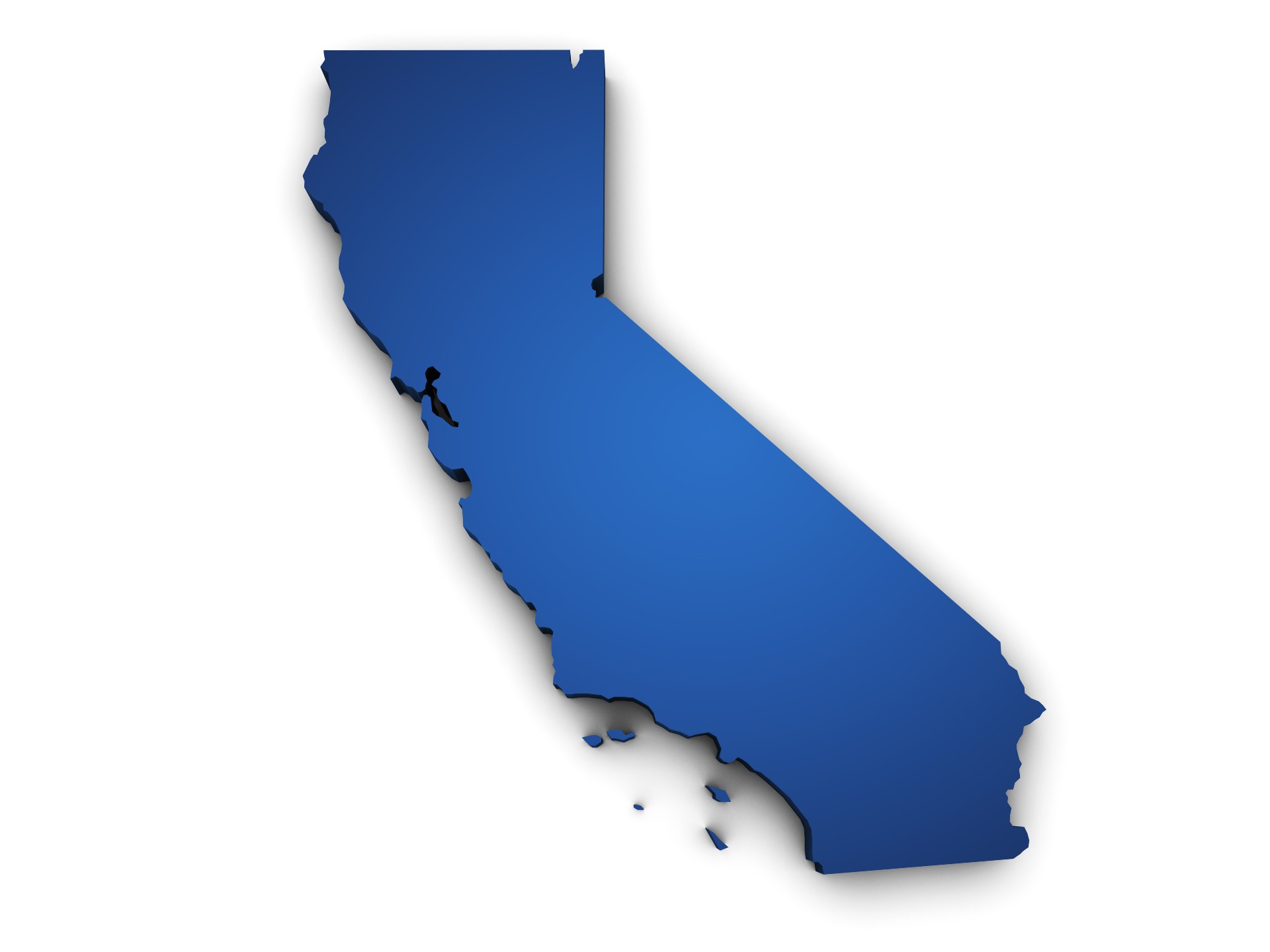There are two basic options when it comes to alterative sanitation treatment systems: ozone and ultraviolet radiation. Here’s a look at each type.
- Ozone, a form of oxygen, is a powerful oxidizer and disinfectant. This highly unstable compound is generated either by exposing oxygen to a certain spectrum ultraviolet (UV) light (low output units) or corona discharge systems (high-output units), that basically subject oxygen to a high-voltage electrical arc. Both use venturi injectors to deliver the ozone to the circulating pool water.
Ozone has a very short life (most of the ozone in a pool system is virtually undetectable in less than 10 minutes), but because it is such a strong oxidizer, most health codes prevent its presence in the pool. That’s why corona-discharge ozone systems must include outboard contact chambers and in-line ozone destruction mechanisms to ensure virtually no ozone returns to the pool.
One benefit of ozone is that it can significantly reduce chemicals used for superchlorination. Claims of a significant reduction in sanitizer and oxidizer use are common, but ozone does not save any chlorine or bromine lost to backwashing, suit drag- out, splash-out, sunlight, evaporation, oxidation or disinfection in the pool.
UFC Art. 80 classifies ozone as a hazardous gas and though it is generated and delivered via a vacuum, ozone equipment areas must be fitted with ozone gas detectors and include special air handling, emergency shut-off devices and safety signage. Operators should check local building and health and safety codes for requirements.
- Conventional UV (CUV) has been used to augment typical chlorine and bromine system sanitation for years. In addition to destroying common bacteria and viruses, we have become aware that UV has the ability to destroy protozoan cysts such as giardia and cryptosporidium, as well as mono-chloramine in a single pass. The CUV chamber often is nothing more than a box fitted with a crystal cylinder through which water travels while being bombarded with the light from UV-spectrum fluorescent bulbs. Some are flow-through chambers fitted with crystal tubes that house a UV lamp.
“Medium pressure” (MPUV) really is not an increase in pressure, but the intensity and spectrum of the UV light measured in nanograms. The big difference is that medium-pressure UV, because of the broader spectrum and intensity, has the ability to destroy all chloramine species in addition to everything that conventional UV can do. Most are of the flow-through design; however, the lamp intensity is so strong the chamber must be constructed from stainless steel. Screens on the discharge side of the crystal chambers also are necessary to prevent any glass from entering the pool in the event of breakage. Additionally, safety flow switches and interlocks to the recirculation flow are a must.
Like ozone, UV can significantly reduce chemicals used for superchlorination. Again, claims of a significant reduction in sanitizer and oxidizer use are common, but neither UV nor ozone saves any chlorine or bromine lost to backwashing, suit drag-out, splash-out, sunlight, evaporation, oxidation or disinfection in the pool. It’s important to remember that UV and ozone systems can only treat the pool water passing directly through the system. Gage and Bidwell’s law of dilution confirms that less than 50 percent of the water actually sees the filter on the turnover, and many UV systems on a by-pass only treat a portion of that.
MAINTENANCE
With UV, the most important strategy for maintaining optimum effectiveness is controlling water clarity.
Cloudy water will inhibit the UV’s effectiveness. It is also important that the crystal chamber which houses the lamps remains clean. Wiper assemblies should be standard equipment and, if not automatically operated, manual wipers should be used daily.
Corona-discharge ozone systems need routine maintenance of air separators, oxygen generators and periodic cleaning of the ozone-generating chamber.
Ozone-UV systems are arguably safer and maintenance usually only involves lamp replacement. The lamps are not inexpensive and must be replaced semiannually or sooner, depending on the number of hours of operation. Both systems should be interlocked with the recirculation system power and flow.
TROUBLESHOOTING
The return of measurable chloramines is always an indication that something is not performing properly.
Many UV units have a fan to draw air through the control cabinet to cool them. Reports of units shutting down were the result of clogged air filters. Most ozone units have vacuum gauges displaying the proper vacuum for the system to operate normally. That should be the first thing to look at if the unit is not making ozone.
REPLACEMENT
Like UV-ozone lamps, CUV and MPUV lamps must be periodically replaced, usually on an annual basis. Many systems measure the light intensity and give a warning upon decreased UV outputs. Recording installation dates or monitoring the total operation hours is a good practice.
When it comes to cost, CUV is somewhat less expensive than MPUV, but the systems can be purchased with various features that can significantly affect the total cost. Of course, osts for operation depend upon local power fees, with CUV using far less power. Original costs vary greatly; however, as usual, it is a “you-get-what-you-pay-for” purchase.
UV-generated ozone is relatively inexpensive compared with corona discharge, but the ozone output is proportional.
About the Instructor
Rich Young has more than 30 years’ experience with municipal, public and commercial pools and waterparks. He has operated and maintained many public and commercial swimming pools as well as several waterparks. Besides being an AFO instructor for the National Recreation and Park Association and technical adviser/board member at the Professional Pool Operators of America, Young has been published numerous times in industry journals.



